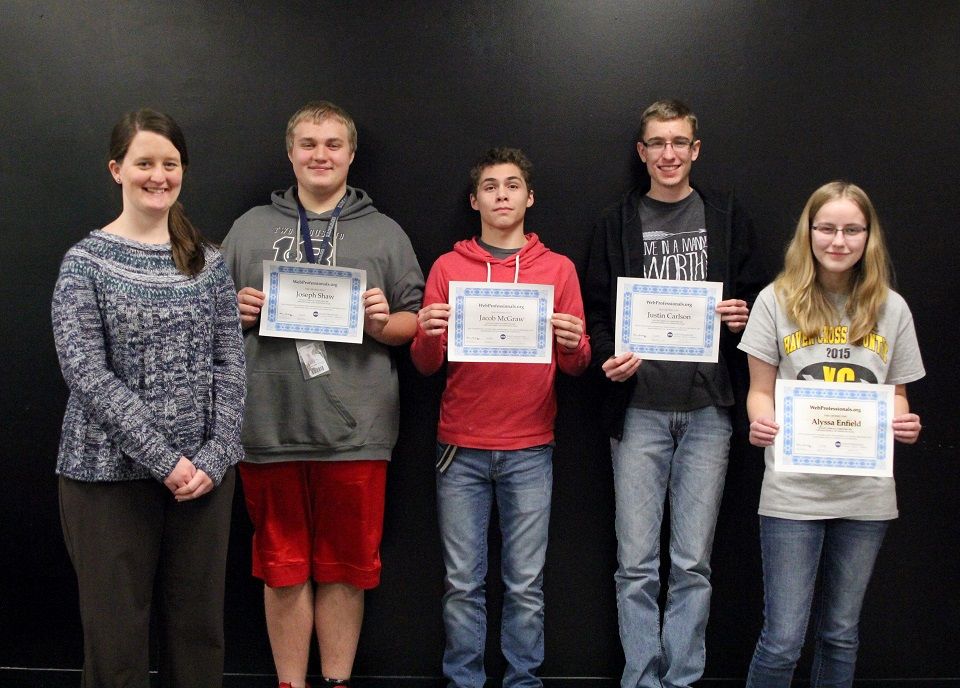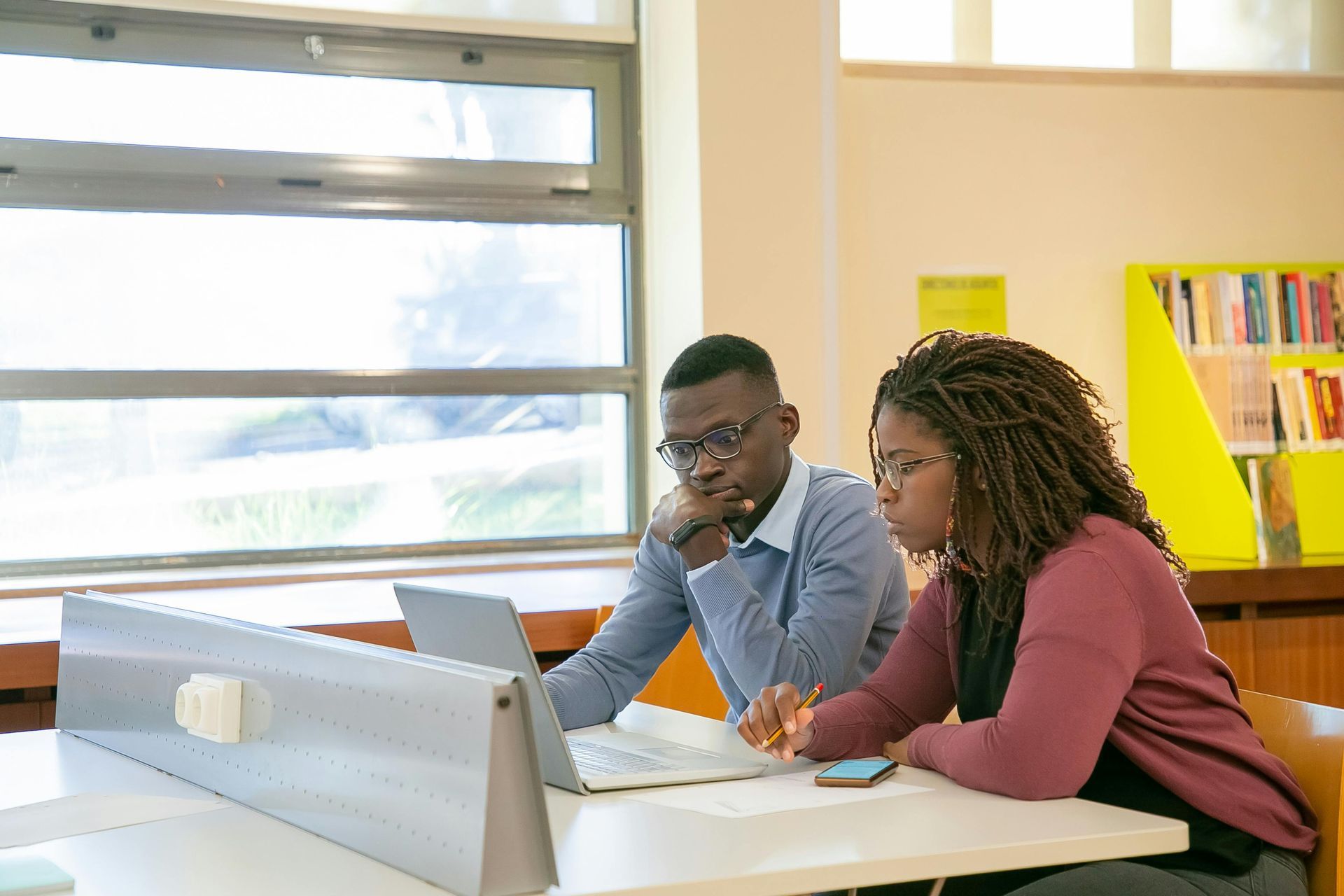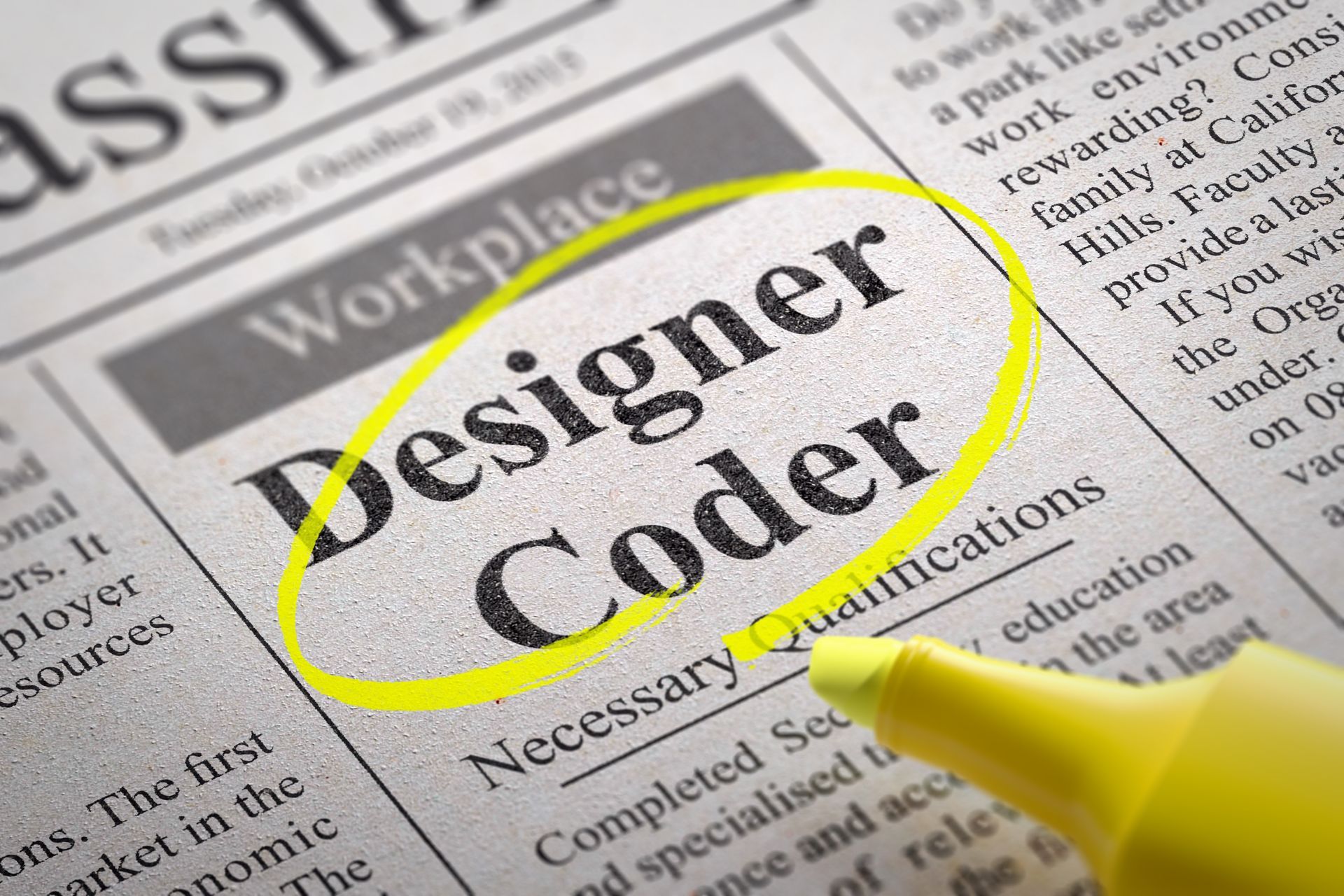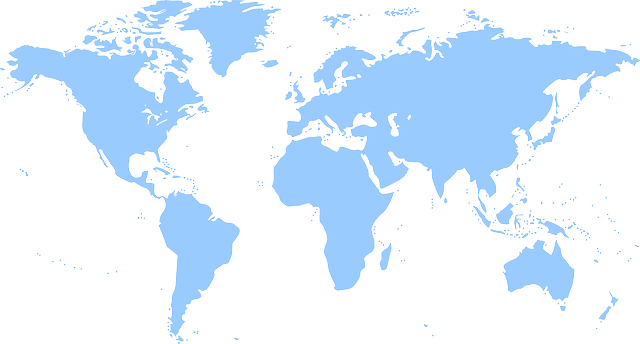Blog
How To Switch Careers During a Pandemic — Another World Education Success Story
With COVID-19 affecting how we work and live, many people are seeking new career paths that will allow them to work with more flexibility and freedom. Let’s look at how to switch careers by studying how one student took advantage of an online training course that allowed her to learn at her own pace and equip herself with the technical skills to thrive in this rapidly changing economy.
Just prior to the COVID pandemic, Tami was hurt on the job. A local workforce program gave her the chance to up-skill herself and retrain for a new career. Fortunately, the workforce group pointed Tami to World Education. In World Education she found a knowledgeable team who worked with her to discover her career interests and what type of career would fit with Tami’s situation as a wife and mother of a young child, with another on the way. Since her husband is an essential worker she knew she needed a career that would offer her flexible work hours. Pregnant and in a pandemic, she knew she needed to find training that was going to be safe for her and her family. The World Education team helped her find the perfect educational and career path for her.
In talking about her passions, the World Education counselor discovered that Tami wanted a career that would be creative and allow her to help others. Tami loves social media, design and storytelling. Her counselor suggested pursuing a career in Web Design through an excellent school in Tami’s state (California State University San Marcos). Tami got enrolled and began to work on her new career path.
Let’s hear in her own words what her experience was like working with World Education, Cal State San Marcos and her instructor. Check out the interview video below.
The Web Design and Development course created by CTe Learning offered her an opportunity to switch careers and allowed her to work from home at her own pace from wherever she wanted. Tami had worked on early social media sites years ago and remembers that was the first time she got excited about the potential of the internet. However, before starting the course she didn’t have any actual training in design or development. The course taught her everything she needed to know from the ground up and developed her into a skilled and knowledgeable web professional, all as a remote learner .
In the months that Tami was working through the course, she faced several events in her personal life, including a pregnancy, that required her to pause her learning. Because the course is self-guided , she could easily take a break and resume when she felt ready. Tami praised how helpful Cal State San Marcos was throughout her journey, saying “I reached out to them a lot when going through things and having to say, ‘I’m sorry, I didn’t get school done this week or this month. Can I do an extension?’ They were always sweet and encouraging about it. They said, ‘Oh, no problem. We can extend it for you.’” And Steve Waddell, founder and lead developer of CTe Learning, was always available to answer questions Tami had along the way. This unique model allows the student to work at their own pace as a virtual learner , without the pressure of a traditional classroom setting in which all students are expected to keep the same pace no matter what life changes happen in the process.
Earning Industry-Recognized Certifications
One of the key features of the Web Design and Development course is the optional industry certification exam , which enables the learner to earn a certification administered by the Web Professionals Association, the premier industry association for web designers and developers. Tami commented on how well the course prepared her for taking the certification exam at the end of the course: “I’ve taken tests before that seemed to include nothing that I had learned. In the Web Design and Development course, every quiz prepared me for the final certification exam. I have test anxiety and was worried I was going to fail, but Steve talked me through the process and said I would do well. And he was right—I finished in 30 minutes, and it was easy.”
Having an industry certification and project portfolio sets Tami apart from other professionals that companies may be considering hiring, which allows her to hit the ground running in getting clients and starting work on projects. Equipped with new skills, knowledge, a portfolio and certification, Tami can work directly with clients to solve problems and meet needs. The experience of taking the course and working with Cal State San Marcos made her a fan of the university and how willing it is to help adult learners like herself.
To others who may be thinking about a new path but don’t know how to switch careers, Tami says, “I would tell anyone else that they can do it. And I know people say that, but seriously, I am the worst with school sometimes. I have struggled with self-esteem issues, but doing this course gave me so much. It gave me more than just the education—it gave me the knowledge, strength, ability and confidence to do it. It taught me that there’s way more to web design than I realized—there are so many different types of jobs out there that I can do now because of this course and certification.”
Helping Adult Learners Switch Careers and Develop New Skills
Steve Waddell of CTe Learning says “I get to have a unique perspective as a teacher. Since I am one of the co-authors (I also need to shout out Daniel, the other head co-author, and the other 24 team members who helped build this course) I know why we designed the course as we did. This course has over 170 tutorial and industry subject matter videos. We created a terrific ‘play with the code’ live sandboxing feel to help the students learn to create web pages and sites. And I can be proud of all the ‘techy’ stuff we did as instructional designers. However, it is when I am facilitating, supporting and helping the students that I really understand their learning needs. The experience allows me to be a better course developer and I enjoy the teaching.
“It is so much fun seeing students reinvent themselves through online education. I am Tami’s ‘teacher,’ but the course is really self-directed, self-paced education. My job boils down to coaching and supporting when the adult learner struggles. I struggled when I was first learning how to create web pages and sites and it really is fun to relive some of those early struggles and help guide students over the humps, just like the people who helped me out years ago.
“Tami is an example of what is great about adult education—especially online education. Watching her reinvent herself and switch careers from a more physical job to a creative tech field was actually quite fun for me. This is what adult education is about. Anyone can reinvent themselves. Web design is about helping individuals, groups and businesses bring their stories and products to market. Tami loves helping people, and when she was struggling with things in life that so many adult learners must deal with as they reconstruct themselves into a new career—including jobs, family, illness, and the pandemic—it was her passion to help others that kept her moving forward. I am so proud of how she stuck to it, and a shout out to CSUSM for all their support.”
Start Your New Career Path Today
Maybe you are like Tami, thinking about how to find an exciting and in-demand career path, even in the age of COVID-19. The time is now to learn at your own pace and jumpstart your career, all from the comfort of your couch or kitchen table. If you’re not sure where to start, let us help. World Education has partnered with CTe Learning to offer a number of exciting course options for you. Ask us about CTeLearning’s career-building International Industry-Recognized Certification (IIRC) courses that are media-rich, highly interactive and self-paced. All courses are designed for learners with no prior coding or design experience. Let’s look at some of the offerings:
6-month International Industry-Recognized Certification (IIRC) Courses
(Traditional self-paced semester courses)
- Web Design and Development for Business and Marketing with IIRC
- Web and Mobile Application Development with IIRC
- Web Games, Apps and Sites for Business and Marketing with IIRC
- Web Animation and Web Design for Business and Marketing with IIRC
90-day International Industry-Recognized Certification Sprints
(Courses offer the opportunity to earn two stackable certifications in an accelerated course format. If you love to learn but don’t have time for school, these may be the right choice for you.)
- Web Design and Development for Business and Marketing with IIRC
- Web and Mobile Application Development with IIRC
- Web Games, Apps and Sites for Business and Marketing with IIRC
- Web Animation and Web Design for Business and Marketing with IIRC
At a time when workers in retail, food services, hospitality, manufacturing and so many other industries are struggling, join Tami and others who have decided to switch to careers that will be in-demand for years to come.
Why wait? Ask us to help you today
Reach out to World Education today to begin a conversation. We know how to help.
The post How To Switch Careers During a Pandemic — Another World Education Success Story appeared first on CTeLearning.
Share To
Get in touch with us today!
You can book a demo directly using Calendly, call us directly at 913-764-4272 or 877-828-1216, or submit the form and we will reach out to you.
We look forward to helping you and your students.

Most Recent Posts






